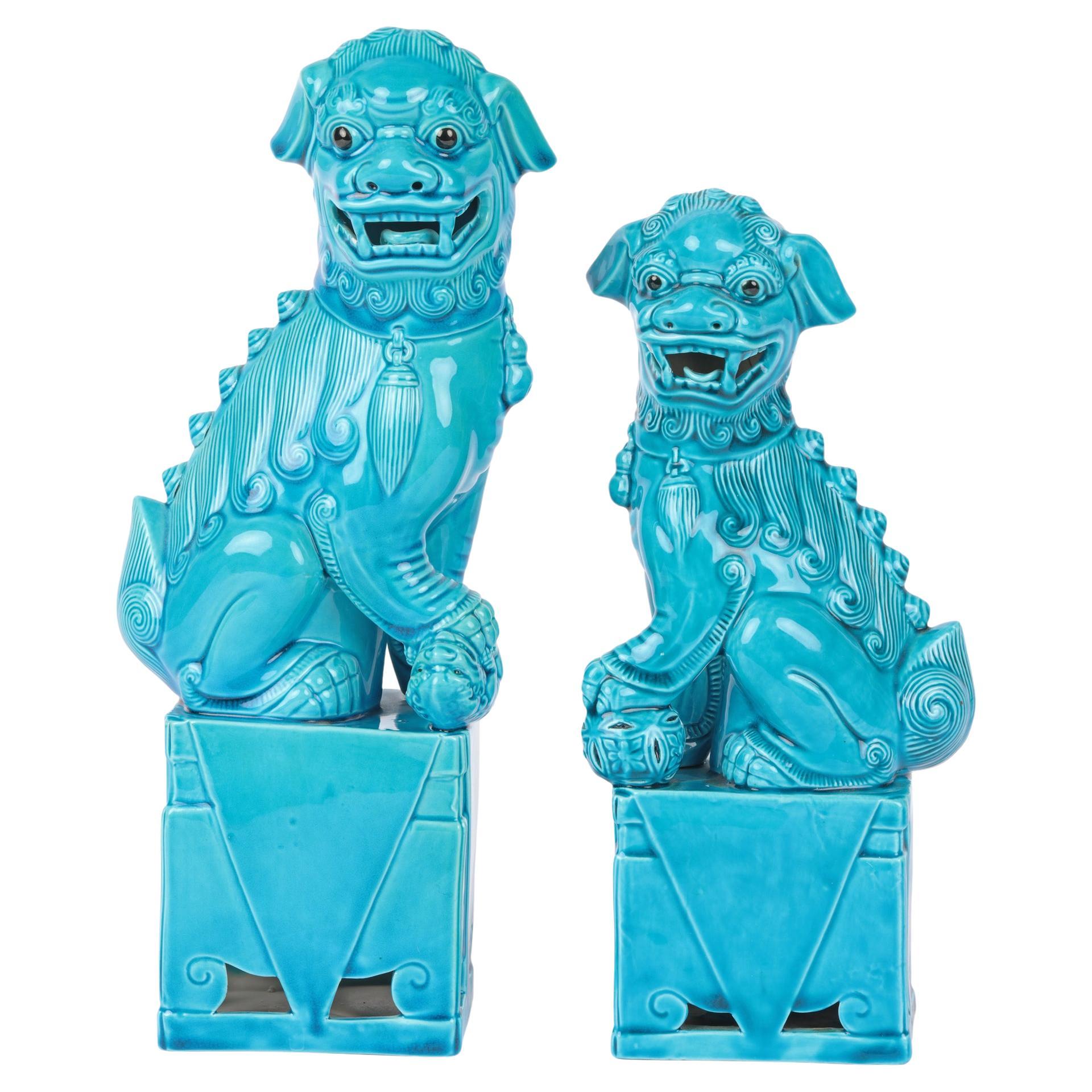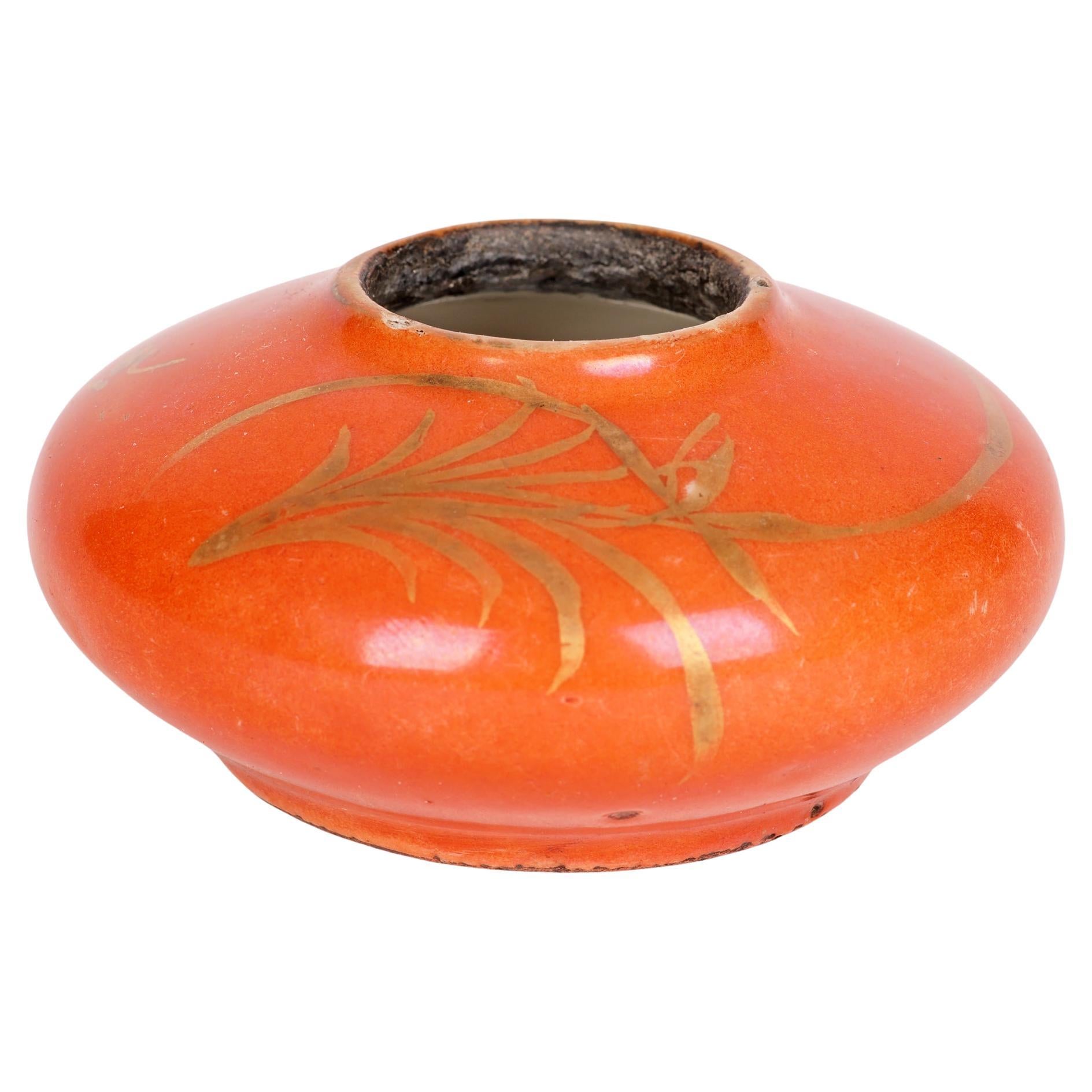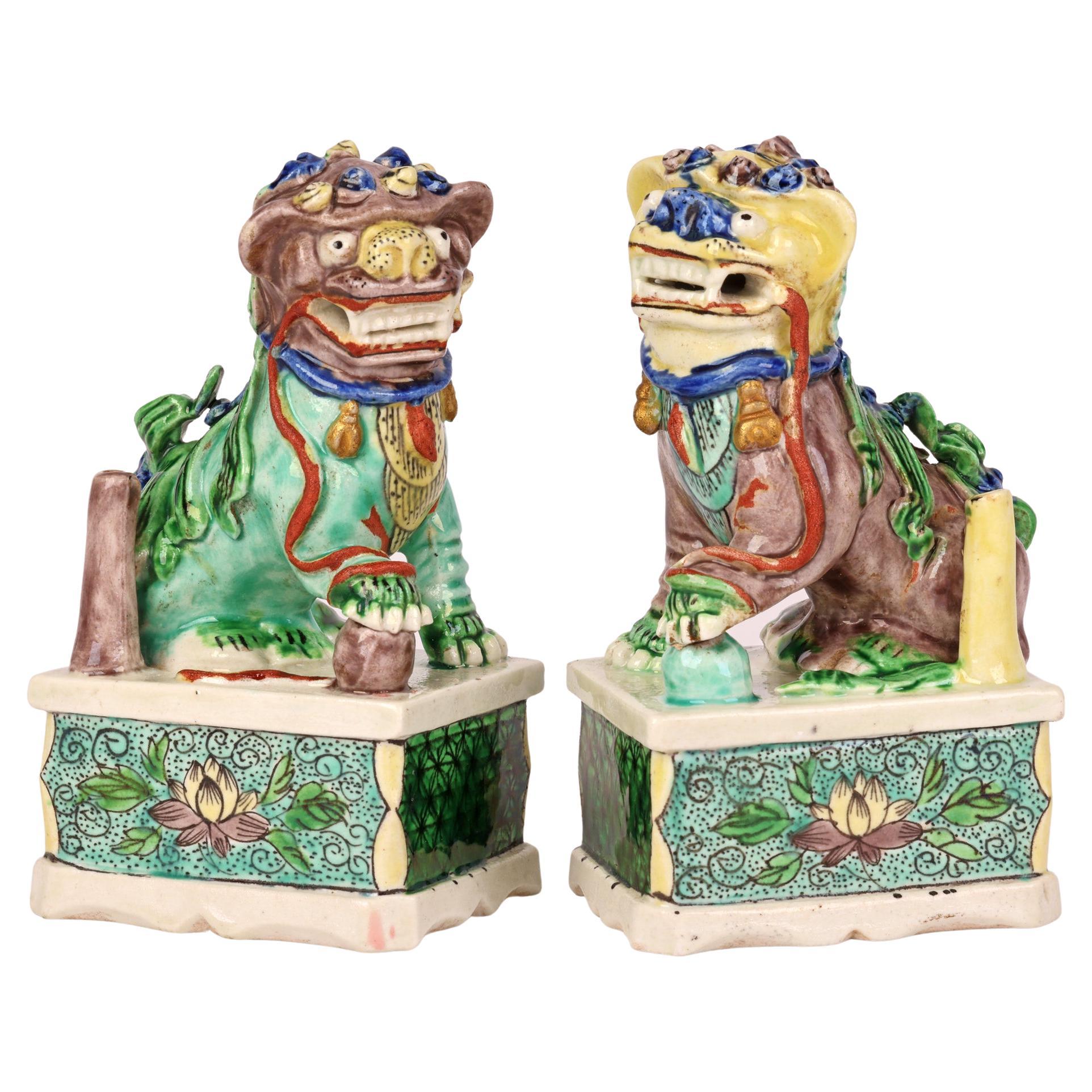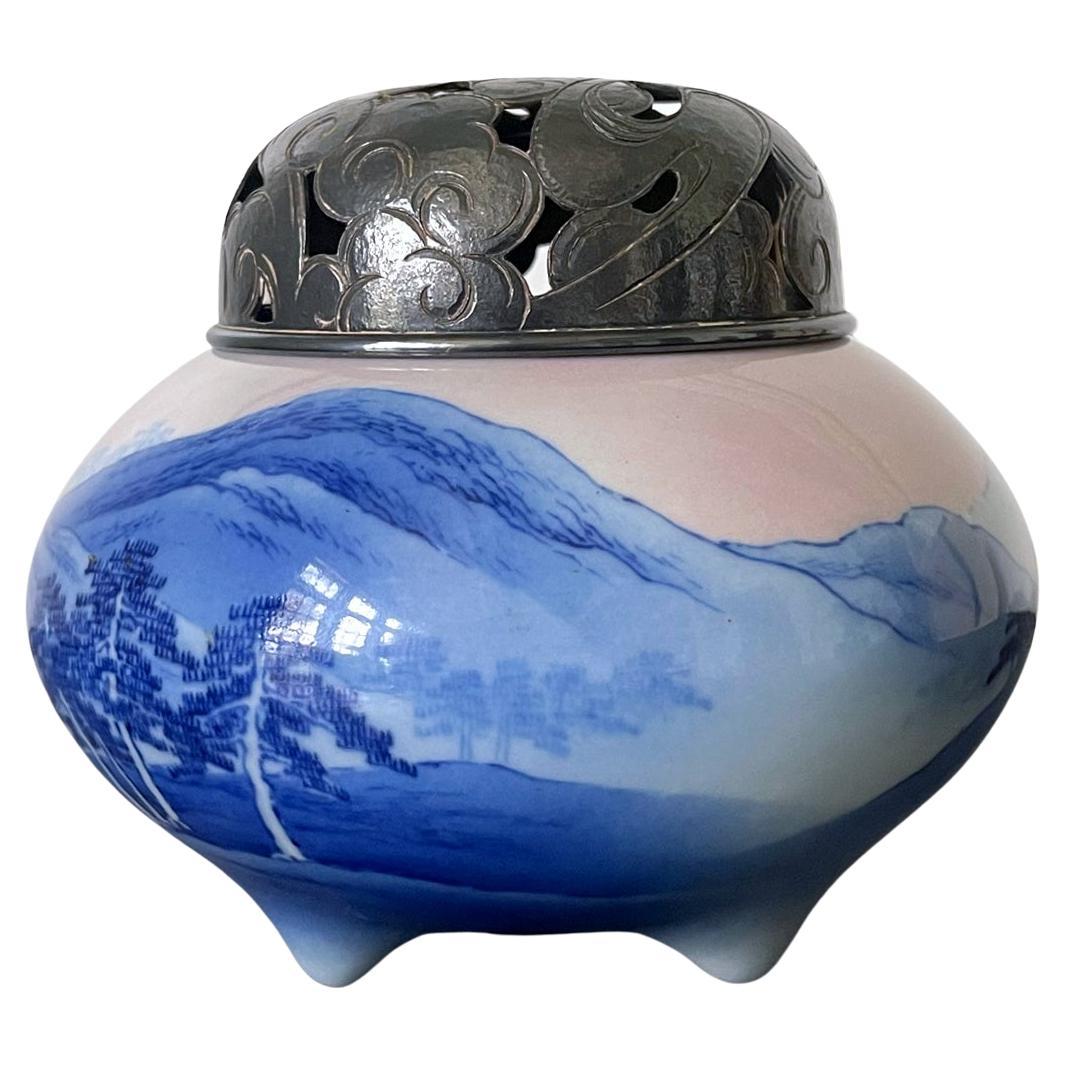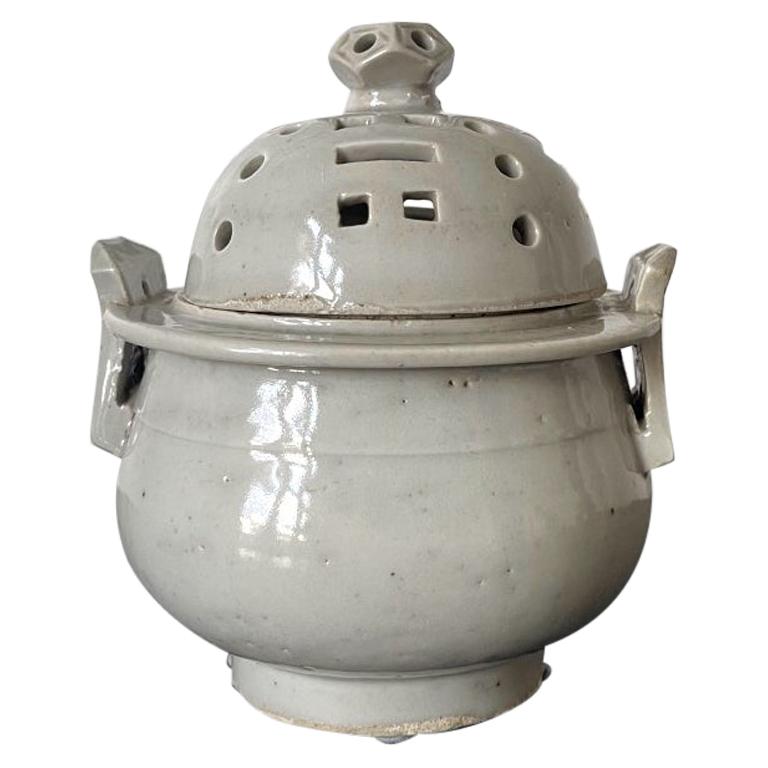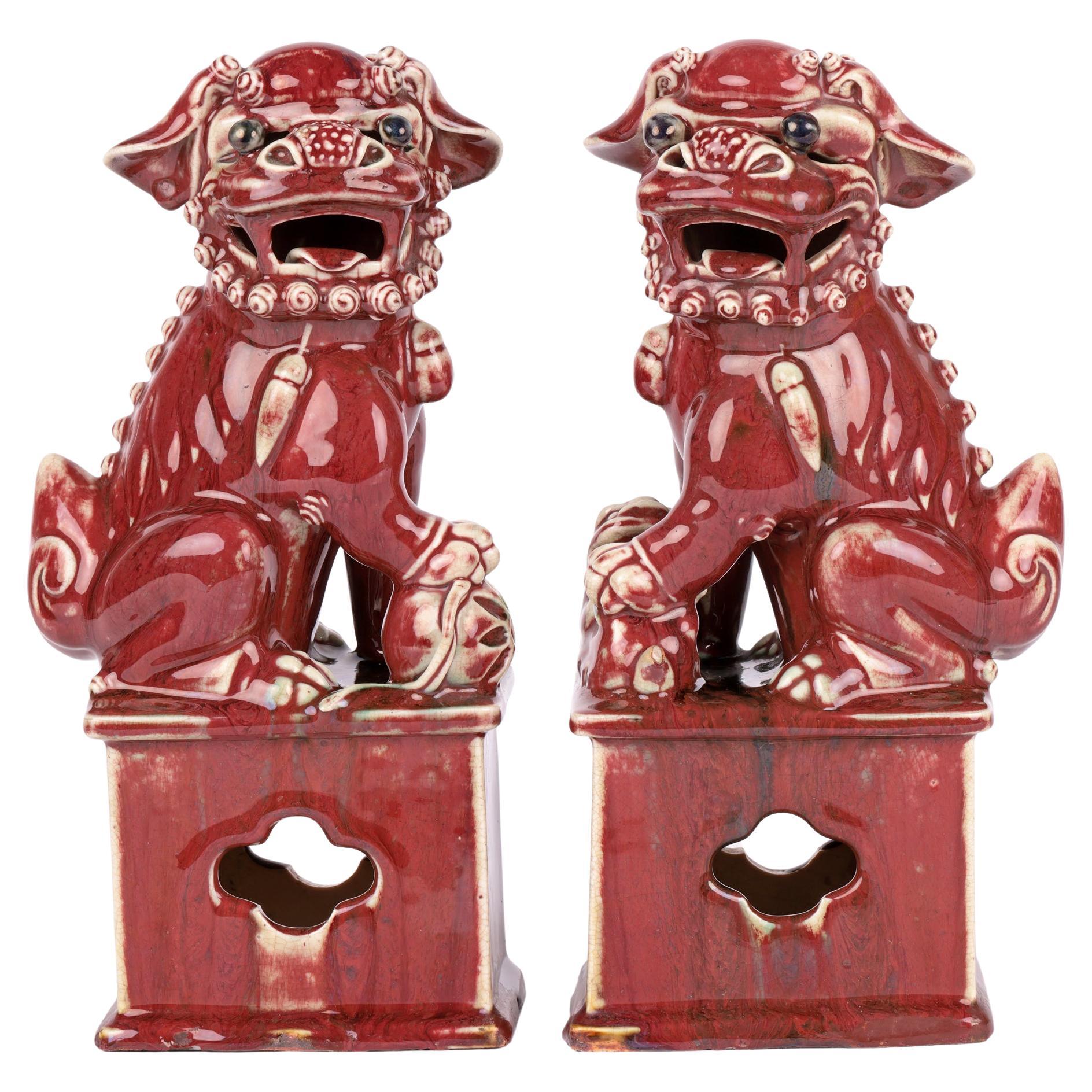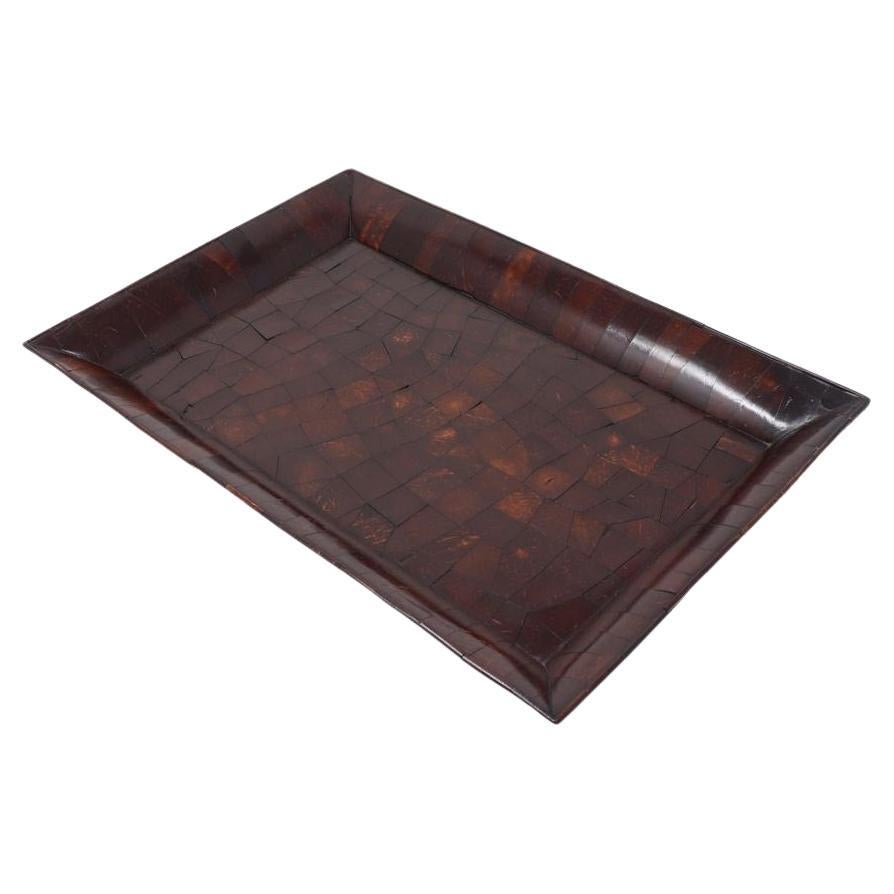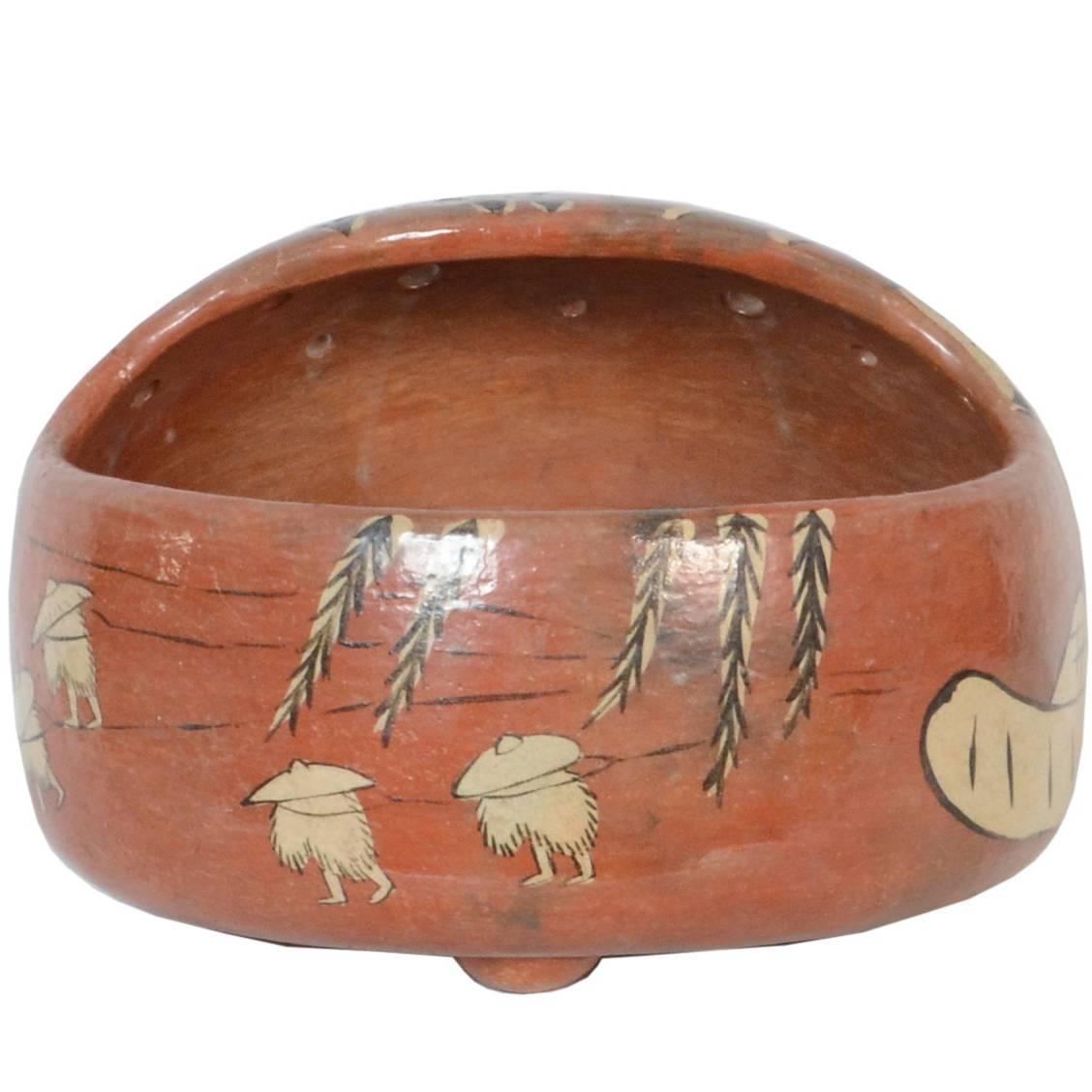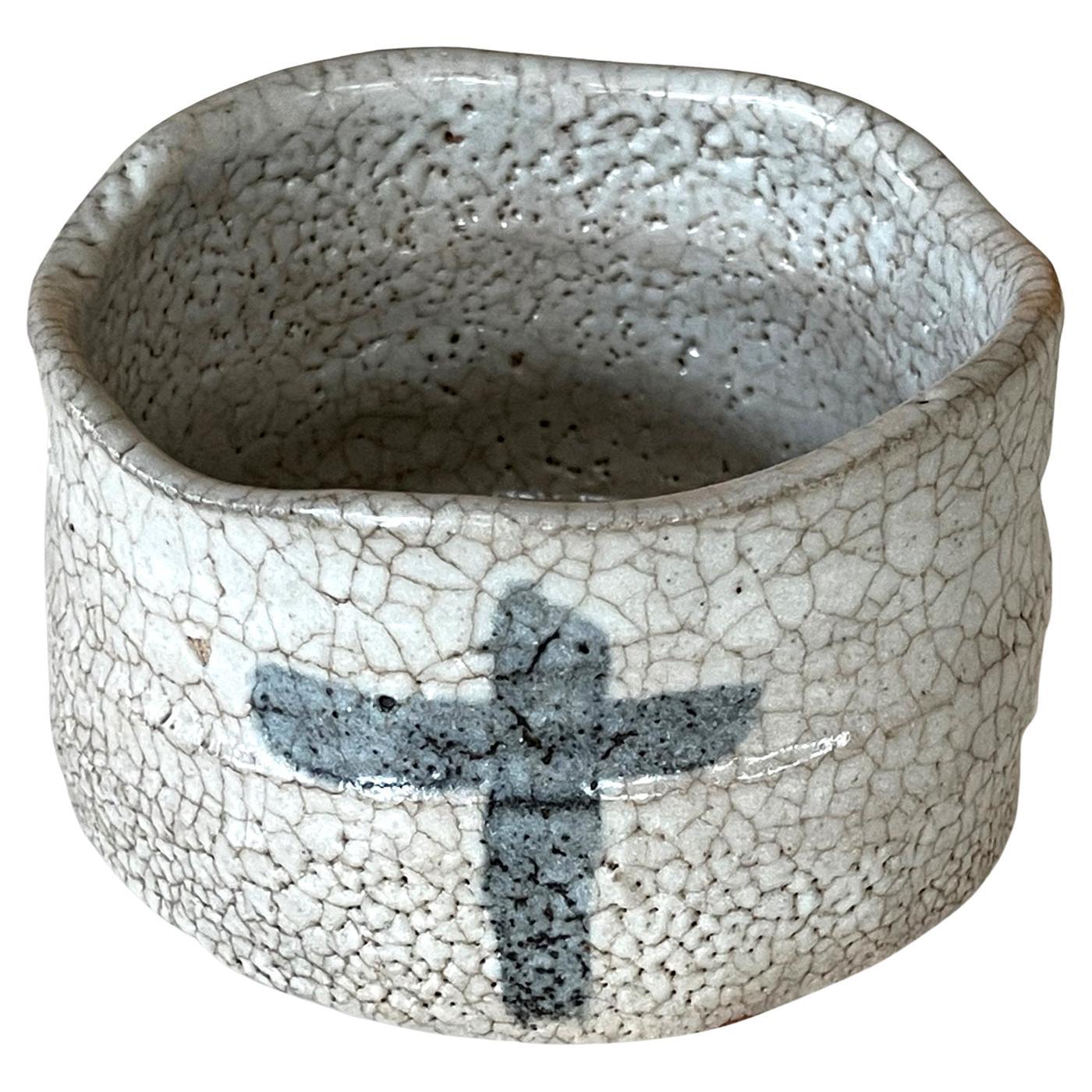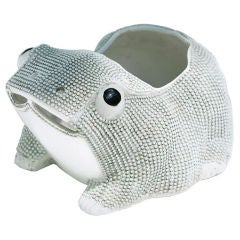
Chinese Porcelain Incense Buner
View Similar Items
1 of 3
Chinese Porcelain Incense Buner
About the Item
- Dimensions:Height: 6 in (15.24 cm)Width: 11 in (27.94 cm)Depth: 9 in (22.86 cm)
- Period:
- Date of Manufacture:Qing Dynasty, 18th C
- Condition:
- Seller Location:Wilton, CT
- Reference Number:1stDibs: U1107058530152
You May Also Like
- Chinese Graduated Pair Turquoise Glazed Porcelain Mounted Foo DogsLocated in Bishop's Stortford, HertfordshireA very fine and attractive pair of graduated Chinese turquoise glazed dogs of foo figures dating from the first half of the 20th century. The hollow biscui...Category
20th Century Chinese Mid-Century Modern Ceramics
MaterialsPorcelain
- Chinese Guangxu Coral Glazed Porcelain Brush Washer/Ink WellLocated in Bishop's Stortford, HertfordshireA fine antique Chinese coral glazed porcelain brush washer or inkwell decorated with a bamboo sprig and dating from the early Guangxu reign 1875-...Category
Antique 1870s Chinese Qing Ceramics
MaterialsPorcelain
- Chinese Blue and White Porcelain Vase from Modern Official KilnLocated in Atlanta, GADubbed as production of the "Chinese Modern Official Kiln", a small group of porcelains of the highest standard were produced in Jingdezhen from 1962-1967, The production was aimed as a revival of the Chinese porcelain after the foundation of the Republic in 1949 in order to serve the purpose of decorating the meeting halls for the newly renewed diplomatic relations around the globe. The best available materials and artists, including the painters and potters, were employed to achieve a high quality that rivaled the pieces produced during the pinnacle years in the porcelain production in the previous Qing dynasty. Due to the breakout of the Cultural Revolution, most of the pieces failed to be used as intended. Most if not all signatures, such as found on this vase, were added later as a hallmark to distinguish them. "Zhong Nai Hai Huai Ren Tang Treasures Porcelain Research Bureau year of 1962". Zhong Nai Hai is the residential and working compound for Chinese political elites in Beijing and Huai Ren Hall being an important meeting hall. The pieces from "Modern Official Kiln" ubiquitously showcase perfectly balanced forms with precision in symmetry. The use of very high quality Gaolin clay resulted in a semi translucent body, often quite thinly potted. The superbly underglaze paint were sandwiched between a pre-applied glaze and then an overglaze, and the elaborate designs were drawn by master painters. Often, there is a hidden red Chinese National Emblem on the interior wall. These features were all well reflected in this piece. The decoration of the blue paint on the vase is of a classic regal composition and the cobalt blue is of a vivid radiating color. Blooming peonies, an old laurel tree with blossom and scholar rocks provide the background and anchor for a pair of peasants. One raises its head to crow while the other one looks down. These motifs are commonly found in classic Chinese scroll paintings, a genre called "Flower and Bird Painting". On the back of the vase, there are Chairman Mao's head portrait watermarked in the glaze as well as a cursive poem with a collection number as shown. For a pair of blue and white vase of the same production, see sale by Singapore International Auction PTE ltd on July 21st, 2019 lot 2014. For a pair of blue and white urns...Category
Vintage 1960s Chinese Modern Ceramics
MaterialsPorcelain
- Chinese Pair Kangxi Porcelain Famille Verte Buddhist Lion Joss Stick HoldersLocated in Bishop's Stortford, HertfordshireA very fine pair antique Chinese Kangxi porcelain famille verte Buddhist Lion joss stick holders dating between 1662 and 1722. The dogs sit raised on...Category
Antique 17th Century Chinese Qing Ceramics
MaterialsPorcelain
$3,818 / setFree Shipping - Chinese Kangxi Very Rare Blanc De Chine Porcelain Cockerel, 1662-1722Located in Bishop's Stortford, HertfordshireAn extremely rare and finely made Chinese Kangxi porcelain blanc de chine figure of a cockerel. The cockerel stands on a shaped base with good feather detailing and stands crowing wi...Category
Antique Late 17th Century Chinese Qing Ceramics
MaterialsPorcelain
- Japanese Glazed Ceramic and Silver Koro Incense Burner Makuzu KozanBy Makuzu KozanLocated in Atlanta, GAA tri-pod ceramic incense burner (koro) by Japanese Imperial potter Makuzu Kozan (1842-1916) circa late Meiji to the start of Taisho period (1890-1910s). A fine example of the artist's work belonging to the late part of his underglaze paint phase (started around 1887 until his death), the surface of the koro was painted in beautiful shades of blue to depict a continuous landscape not unlike a traditional ink and watercolor hand scroll. The rise and fall mountains recede and fade into the horizon and are dotted with groves of pines. The sky is painted with a beautiful subtle shade of pink, suggesting a time of sunrise or sunset. The koro is fitted with an ensuite reticulated sterling silver hoya (incense cover), pierced with swirling cloud and marked with "pure silver' in Kanji. The base is signed in underglaze blue "Makuzu Kozan Sei" within a double ring. The piece is beautifully potted in form and the decoration was done with expertise using the novel technique developed by Kozan called Fuki-e (the blow painting), in order to achieve the striking landscape known as "Mountain and Water" with sense of dimensions and gradient, the poetic effects normally conveyed only by sumi ink staining on paper. The piece comes with an unsigned tomobako (wood storage box) of a recent age. Also known as Miyagawa Kozan (1842–1916), Makuzu Kozan was one of the most established and collected ceramist from Meiji Period. Born as Miyagawa Toranosuke, Kozan established his pottery studio in Yokohama around 1870s and later became one of the appointed artists to the Japanese Imperial household. His work was exhibited in many international fairs that the Meiji government participated at the turn of the century and won many grand prizes. Being one of the most creative ceramists, Kozan started experimenting with new chemical colors from the West in the format of his porcelain glaze around 1880s. New colors allowed him to create underglaze designs that appeared bright, smooth and glossy. He even invented his own receipt of cobalt blue to achieve a much brighter yet softer shade, as evident on this vase. To create landscape that is realistic and dimensional, more common in the western paintings, he was inspired by the native Japanese ink painting technique developed around 1900 by Yokoyama...Category
Antique Early 1900s Japanese Japonisme Ceramics
MaterialsSilver
Recently Viewed
View AllMore Ways To Browse
Porcelain Incense Burner
Chinese Porcelain Incense
Antique Chinese Porcelain Incense Burner
Porcelain Toads
Chinese Export European
Famille Rose Export Porcelain
Chinese Export Porcelain Famille Rose
Chinese Crackle
Japan Wooden Box
Japanese Wooden Box
Antique Chinese Turquoise
Tea Ceremony
Qing Dynasty 18th Century
Chinese Kangxi
Asian Famille Rose
Japanese Style Imari
Gold Imari Hand Painted Japan
Japanese Gold Imari Hand Painted
